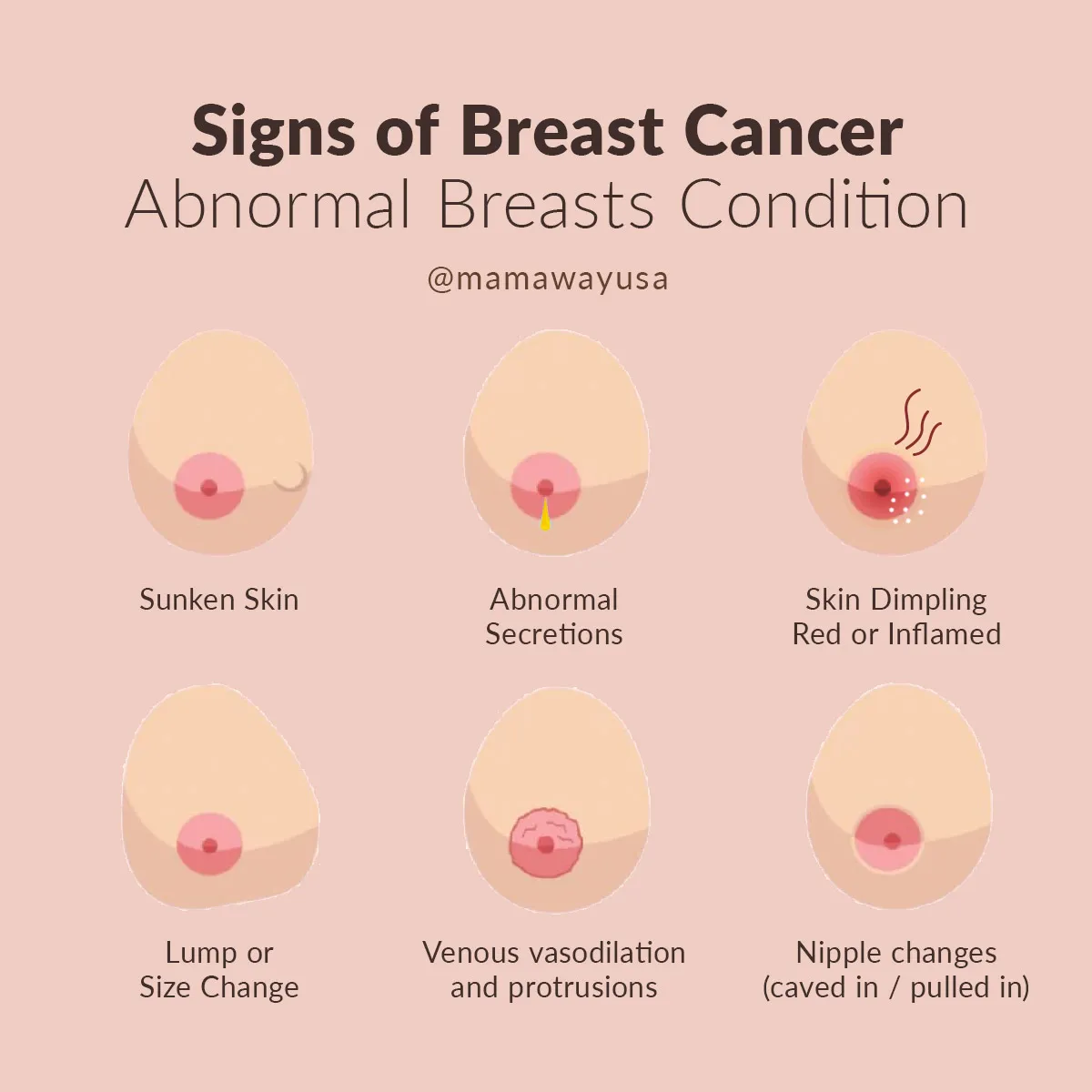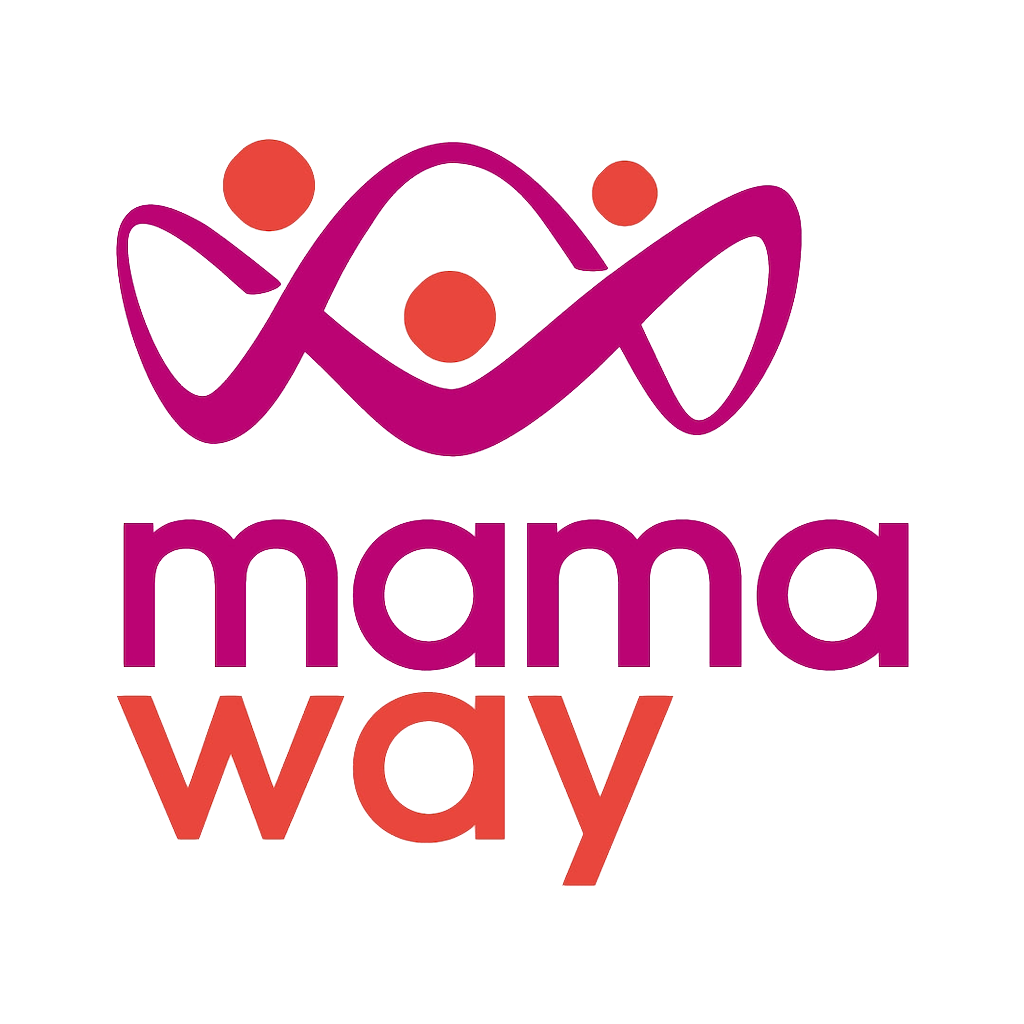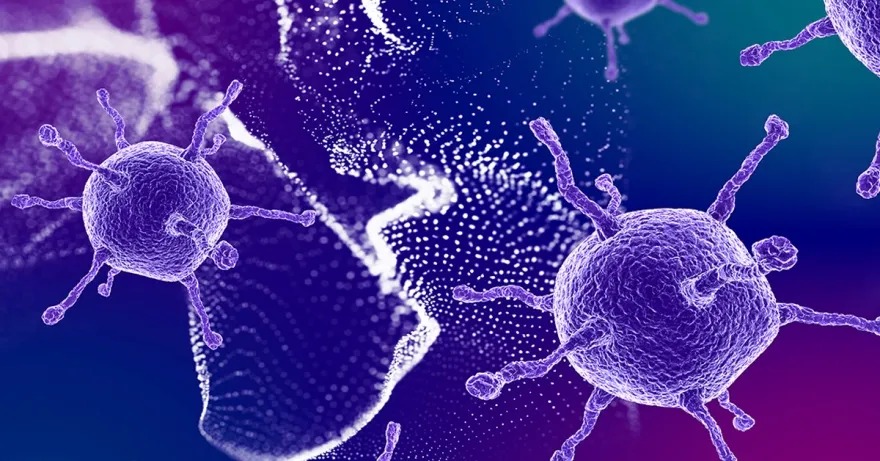We all know breast milk brings amazing benefits to not only the babies but also the mothers. It is the best food for newborns and especially preterm babies. The substance in human milk is precious and the benefits are irreplaceable therefore it is so-called the “liquid gold”. Natural, health-beneficial, and eco-friendly. But what breastmilk can do, is beyond all these and beyond our imagination.
We all know what cancer is, and what cancer can do to humans. All kinds of cancers take away lives every single day, yet we haven’t yet had the best cure to it. Radiation therapy is among the most popular cancer treatments, as effective as radiation to kill tumor cells, it also kills the healthy ones.
However, Professor Catharina Svanborg from Lund University actually discovered a secret substance from breast milk, that can destroy tumor cells without harming the healthy ones.
HAMLET
HAMLET, full term Human Alpha-lactalbumin Made Lethal to Tumor cells, are protein complexes that were found in human milk and were proven to kill bad cancer cells. HAMLET can destroy almost 40 kinds of cancers according to research.
Researchers are now in the process of decoding the secret behind HAMLET, continuously discovering and testing the use of this substance in cancer treatment. HAMLET naturally exists in breast milk and the fact it does not bring negative effects to the body leading people to believe it could be “the cure” to cancers. If everything goes right, HAMLET could possibly bring merit to all of us around the world, rescuing uncountable lives from dying.
Breast Milk and Other Cancers
While scientists are still exploring the many possibilities of using these antibacterial molecules in our everyday lives, the other benefits of breast milk and breastfeeding are proven to be effective.
Breastfeeding protects women against breast cancer and ovarian cancer. Women who breastfeed their baby face a lower overall risk of getting breast and ovarian cancers since breastfeeding reduces the chances of women having hormones that are found linked to these 2 cancers.
According to the CDC however, a quarter of women aren’t clear of the benefits breastfeeding brings to them. We need to make people aware of the importance of breastfeeding and breast milk. Share this article, spread the information to those who might be unfamiliar with human milk, and those who believe formula milk is a better option for infants.
Breast Cancer syndroms
Breast cancer syndrome refers to a group of inherited genetic mutations that significantly increase a person’s risk of developing breast cancer. The most common cause of breast cancer syndrome is mutations in the BRCA1 and BRCA2 genes, which are responsible for producing proteins that help prevent the growth of abnormal cells in the breast tissue.
Individuals with inherited mutations in the BRCA1 or BRCA2 genes have a significantly increased risk of developing breast cancer, as well as other cancers such as ovarian, pancreatic, and prostate cancer. Women with these mutations have a 45-65% chance of developing breast cancer by the age of 70, compared to an average risk of 12%.
Other genes associated with breast cancer syndrome include TP53, PTEN, and PALB2, among others. In addition to genetic mutations, other factors such as age, gender, family history, and environmental factors may also increase a person’s risk of developing breast cancer.
Individuals with a family history of breast cancer or other cancers should consider genetic counseling and testing to determine their risk of developing breast cancer syndrome. Preventive measures such as increased surveillance and risk-reducing surgeries may be recommended for those at high risk.

It is important to note that these symptoms can also be caused by other conditions, and not all breast cancers present with symptoms. That is why regular breast exams and mammograms are important for early detection and treatment.
Signs of breast cancer can include:
- A lump or thickening in the breast or underarm area
- A change in breast size or shape
- Nipple discharge or retraction (turning inward)
- Skin irritation or dimpling
- Pain in the breast or nipple
- Redness or swelling of the breast
- An area that feels different from the rest of the breast tissue
- A change in the appearance or texture of the skin on the breast or nipple, such as puckering or dimpling
Breast Cancer Home Remedies
It is important to note that home remedies are not a substitute for medical treatment and consultation with a healthcare professional. If you suspect you have breast cancer or have been diagnosed with breast cancer, it is essential to seek medical advice and follow the recommended treatment plan.
That being said, there are some complementary therapies that may be used in conjunction with medical treatment to help manage symptoms and improve overall well-being. These include:
- Healthy diet: Eating a balanced and nutritious diet can help support overall health and well-being. A diet rich in fruits, vegetables, whole grains, and lean proteins can help promote healing and reduce inflammation.
- Exercise: Regular exercise can help improve energy levels, reduce fatigue, and promote overall well-being. Consult with a healthcare professional to determine a safe and appropriate exercise plan.
- Mind-body techniques: Mind-body techniques such as meditation, yoga, and deep breathing exercises can help reduce stress and improve mental health.
- Massage therapy: Massage therapy can help reduce pain and discomfort associated with breast cancer treatment and promote relaxation.
- Acupuncture: Acupuncture may help reduce side effects associated with breast cancer treatment, such as nausea and fatigue. Consult with a healthcare professional to determine if acupuncture is appropriate for you.
It is essential to discuss any complementary therapies with a healthcare professional to ensure they are safe and effective for your specific situation.


Leave a Reply